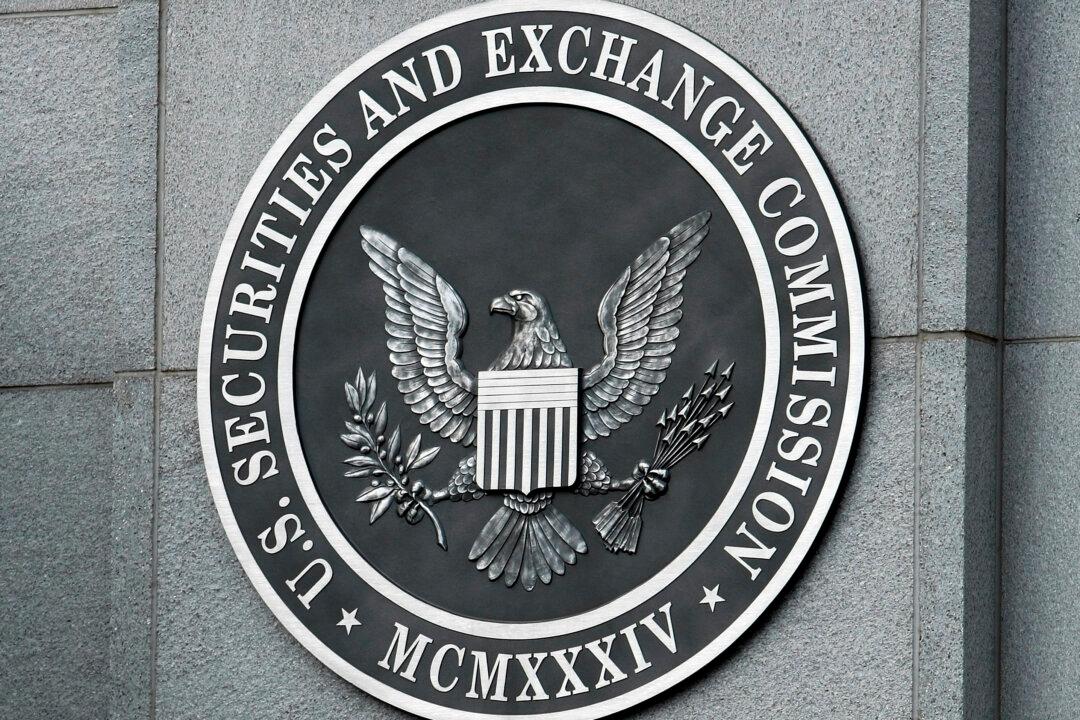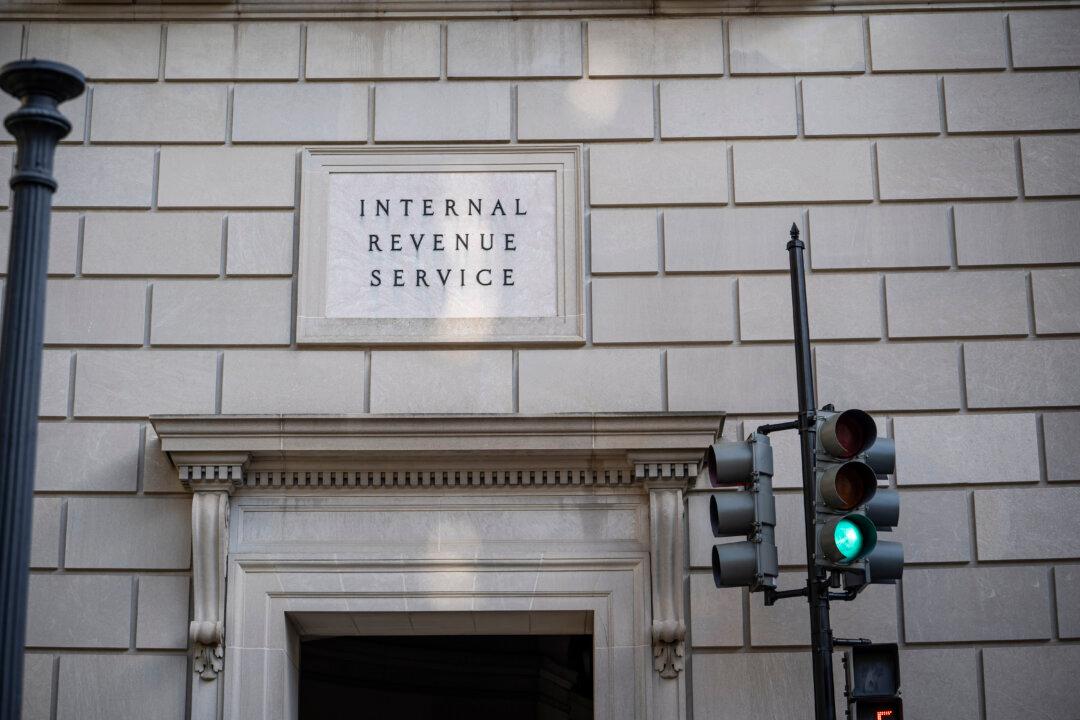A JPMorgan model for forecasting job creation in the U.S. economy predicts another weak number for September, on the back of a reduction in consumer spending in sectors like travel and leisure.
The predictive model, created by the bank’s quantitative research team, projects September’s nonfarm payrolls number to come in at 333,000. While that would be higher than the 235,000 jobs added in August, it would make September the second month of weak labor market data after U.S. employers added 1.05 million jobs in July.
While the Labor Department’s closely watched nonfarm payrolls report for September is not due until Oct. 3, labor market data is now in focus as Federal Reserve officials convene for a two-day meeting Sept. 21–22 to consider the state of the economy and related policy adjustments.
“The Fed has repeatedly emphasized two things—they want to see substantial further improvement in the labor market and they expect inflation to be transitory. Job growth disappointed in August and the inflation data has plenty to support their ‘transitory’ thesis, so any announcement about tapering bond purchases will wait until November, with a likely December start,” Bankrate Chief Financial Analyst Greg McBride told The Epoch Times in an emailed statement.
While Fed officials have acknowledged inflation running hotter than expected, they believe it’s a transitory phenomenon driven largely by pandemic-related supply chain dislocations that will eventually abate and bring the rate of inflation back to around the Fed’s 2 percent target.
The Fed’s bond-buying program, along with dropping the benchmark interest rate to near zero, has boosted the economic recovery and buoyed markets, while contributing to inflationary pressures.
Speaking at an economic symposium in Jackson Hole, Wyoming, in late August, Federal Reserve chair Jerome Powell acknowledged a “sharp run-up in inflation,” though pointed to signs that upward price pressures were moderating. At the same time, he struck a dovish tone, saying the central bank would continue buying bonds at the current pace until “we see substantial further progress” toward the Fed’s dual goals of price stability and maximum employment.
A key issue confronting Federal Reserve officials over the next two days will be formulating a fresh assessment of the labor market recovery, with implications for calibrating policy.
“Soft economic data and a less-than-expected increase in consumer prices give the Fed the ability to defer any announcement on tapering asset purchases. Expect them to kick that can down the road to the November meeting, allowing them to see another round of monthly economic releases to better gauge the strength of the economic rebound in the face of an ongoing pandemic,” McBride said.





